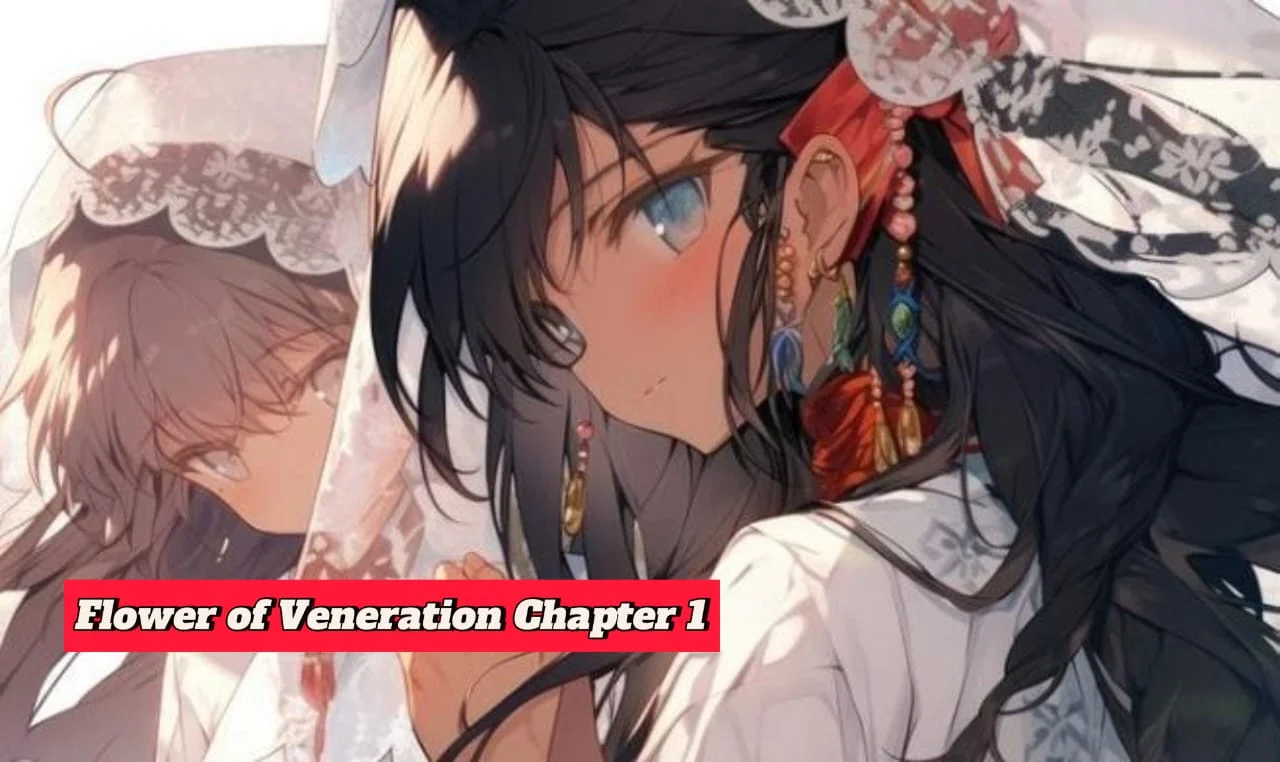Introduction to Chapter 1
In the first chapter of “The Flower of Veneration,” readers are introduced to a captivating world filled with intriguing characters and complex themes. This chapter sets the stage for the unfolding narrative and establishes key elements that will shape the story.
Summary of Chapter 1
Plot Overview: Chapter 1 begins with an arresting scene where the protagonist, Elena Rivers, discovers an ancient and mysterious flower in her grandmother’s overgrown garden. This discovery is not merely botanical but holds significant symbolic meaning. As Elena examines the flower, she experiences a series of vivid flashbacks that hint at her family’s hidden past. The chapter delves into her immediate confusion and curiosity about the flower’s origins and its impact on her life.
Setting: The chapter is set in the quaint, rural town of Lindenwood during the early 20th century. Lindenwood is depicted with rich descriptions of its lush landscapes and old-world charm, creating a nostalgic and somewhat mystical atmosphere. The story unfolds against the backdrop of Elena’s ancestral home, a sprawling estate with secrets hidden in its garden and attic.
Character Analysis
Main Characters:
- Elena Rivers: The chapter introduces Elena as a curious and determined young woman who is deeply connected to her family’s history. Her discovery of the flower sets the story’s central conflict in motion. Elena’s emotional and intellectual curiosity drives the narrative forward.
- Grandmother Ruth Rivers: Although not present in the chapter, Elena’s grandmother plays a crucial role. The chapter reveals that Ruth had a deep connection to the flower and its mysterious properties, hinting at her hidden knowledge and influence over Elena’s life.
Character Development: In this chapter, Elena’s character is portrayed as intelligent and perceptive. Her reaction to the flower demonstrates her willingness to delve into the unknown and uncover her family’s secrets. This initial exploration foreshadows her journey throughout the story.
Setting and Atmosphere
Description: The setting in Chapter 1 is vividly described. Lindenwood is depicted as a serene, almost enchanted place with sprawling gardens, ancient oak trees, and a sense of timelessness. The garden where the flower is found is described with its overgrown paths and hidden corners, adding to the sense of mystery and discovery.
Atmosphere: The mood of the chapter is one of intrigue and suspense. The discovery of the flower and the surrounding descriptions create an atmosphere that is both nostalgic and enigmatic, setting the tone for the unfolding mystery.
Themes and Motifs
Central Themes: Chapter 1 introduces themes of identity and heritage. Elena’s discovery of the flower represents her journey into understanding her family’s past and her place within it. The theme of discovery is also central, as the flower symbolizes hidden knowledge and untold stories waiting to be unearthed.
Symbolism: The flower itself is a powerful symbol in the chapter. It represents both the beauty and the mystery of Elena’s family history. Its rare and delicate nature suggests that the secrets it holds are precious and significant.
Literary Devices
Techniques Used: The author employs several literary devices in this chapter:
- Foreshadowing: The strange behavior of the flower and the vivid flashbacks hint at significant revelations to come.
- Imagery: Descriptive language paints a vivid picture of the garden and the flower, engaging readers’ senses and emotions.
Effectiveness: These devices effectively draw readers into the story and create a sense of anticipation. The foreshadowing builds suspense, while the imagery enhances the readers’ immersion in the setting.
Author’s Style
Writing Style: The author’s writing style in Chapter 1 is descriptive and evocative. The use of rich imagery and detailed descriptions helps to create a vivid setting and complex characters. The narrative style is engaging, with a focus on Elena’s internal thoughts and emotions, making the reader feel closely connected to her journey.
Impact: The author’s style is effective in establishing the mood and setting of the chapter, drawing readers into the story and creating a strong foundation for the rest of the novel.
Critical Analysis
Interpretations: Various interpretations of Chapter 1 suggest that the flower is more than just a botanical specimen—it is a key to understanding Elena’s family history and her own identity. The chapter invites readers to consider the connections between the flower, Elena’s past, and her future.
Critique: While the chapter is engaging, some readers might find the initial pace slow as it focuses heavily on setting up the mystery. However, this detailed introduction serves to build a strong foundation for the story’s development.
Quotes and Excerpts
Supporting Quotes: To illustrate key points, consider these quotes from Chapter 1:
- “The flower stood out amidst the chaos of the garden, its petals glistening with an otherworldly light.” – This quote highlights the flower’s significance and the mystical quality it brings to the story.
- “As Elena gazed at the flower, she felt a strange connection, as if it were a link to something she had always known but never understood.” – This quote reflects Elena’s deep emotional response and foreshadows her journey into her family’s secrets.
Connections and Influences
References: Chapter 1 can be connected to classic literature that explores themes of identity and heritage, such as “Rebecca” by Daphne du Maurier or “The Secret Garden” by Frances Hodgson Burnett. These connections provide context for understanding the thematic depth of the chapter.
Influences: The chapter may also be influenced by gothic literature and mythological elements, reflecting its mysterious and symbolic nature. These influences enrich the story’s texture and thematic complexity.
Reader Engagement
Questions for Reflection: To engage with Chapter 1, consider these questions:
- What do you think the flower symbolizes in the context of Elena’s family history?
- How might Elena’s discovery of the flower influence her actions in the upcoming chapters?
Multimedia Elements: Including images of vintage gardens or illustrations of mysterious flowers can enhance reader engagement. Additionally, interactive features such as a character map or timeline of events could provide a richer reading experience.
Conclusion
Chapter 1 of “The Flower of Veneration” serves as a compelling introduction, setting up key themes, characters, and conflicts. Through detailed descriptions, effective literary devices, and rich character development, the chapter lays the groundwork for an intriguing narrative. By exploring these elements, readers gain a deeper understanding of the story and its significance.






















+ There are no comments
Add yours